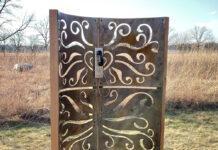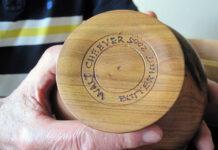Did you know that three famous children’s book authors grew up along Highway 14 in Southern Minnesota? Every year fans travel to Minnesota from across the United States (and the world) to visit these literary sites.
Due to current events, all museums are temporarily closed. However, it’s a perfect time to read the books of Maud Hart Lovelace, Wanda Gág and Laura Ingalls Wilder. Share these books with your children or grandchildren, friends and family and when the museums are open again, visit these literary gems located right here in our own backyard.
The storybook tour begins in Mankato, the fictionalized Deep Valley, the childhood home of Maud Hart Lovelace, author of the classic Betsy-Tacy books.
Maud Hart Lovelace
- Born: April 25, 1892 on Center Street in Mankato’s historic Lincoln Park neighborhood
- Married: Delos Wheeler Lovelace in 1917 in Minneapolis and they had a daughter, Merian
- Died: March 11, 1980 in California and is buried in Glenwood Cemetery in Mankato
Maud was the second of three daughters born to Thomas and Stella Hart. When Maud was 10 years old, her father had a booklet of her poems printed; and by age eighteen, she had sold her first short story to the Los Angeles Times Sunday Magazine.
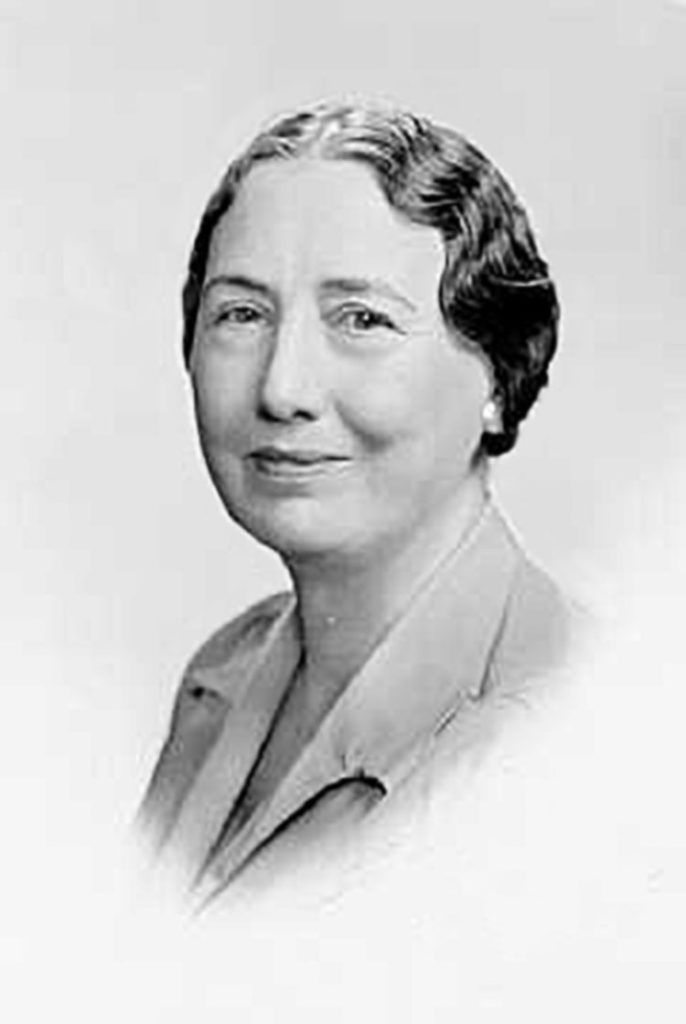
She met her life-long best friend, Frances “Bick” Kenney, when she was five years old. Maud and Bick had many adventures growing up on Center Street. Soon there was a trio of friends when Marjorie “Midge” Gerlach moved into the neighborhood.
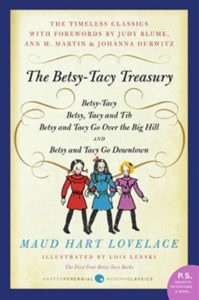
The Hart family moved to Minneapolis shortly after Maud’s high school graduation in 1910, and Maud attended the University of Minnesota. After their marriage in 1917, Maud and Delos moved to New York City.
The idea for the Betsy-Tacy books came from the bedtime stories Maud told about her childhood to her daughter. Maud wrote these books between the years 1940 to 1955. During her lifetime Maud wrote and sold short stories to many popular magazines, she wrote six historical fiction novels, most set in her home state of Minnesota, and eighteen children’s books.
Celebrate Maud’s 128th birthday this weekend by reading one of her books, take a drive by her childhood home, or join Betsy’s Virtual Birthday Party on the Betsy-Tacy Society Facebook page.
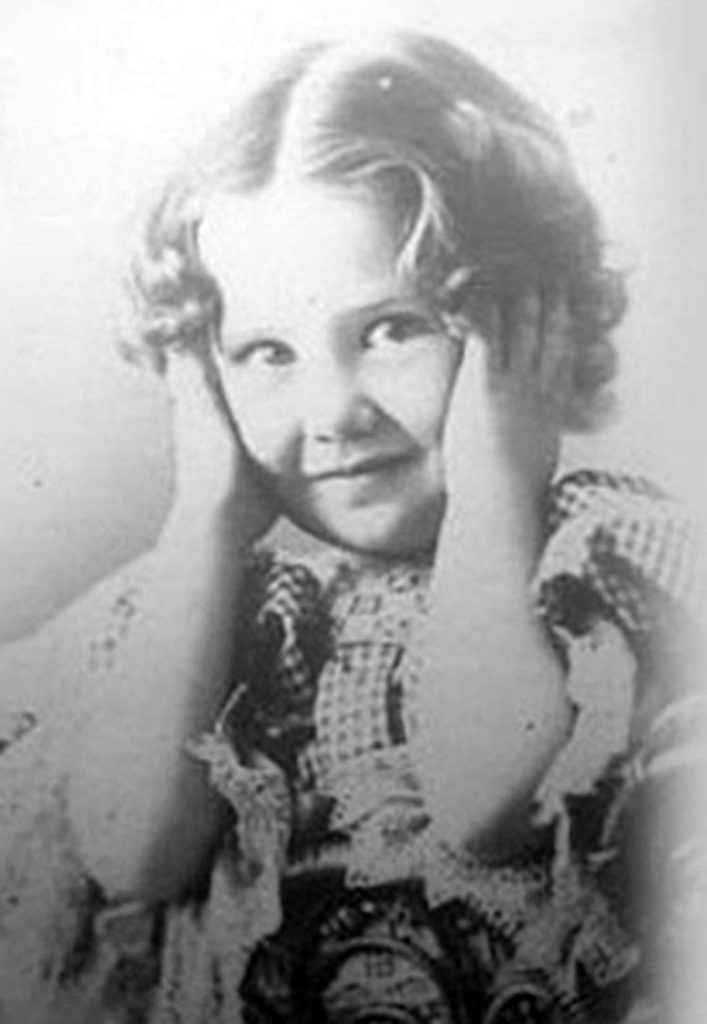
Tacy’s House
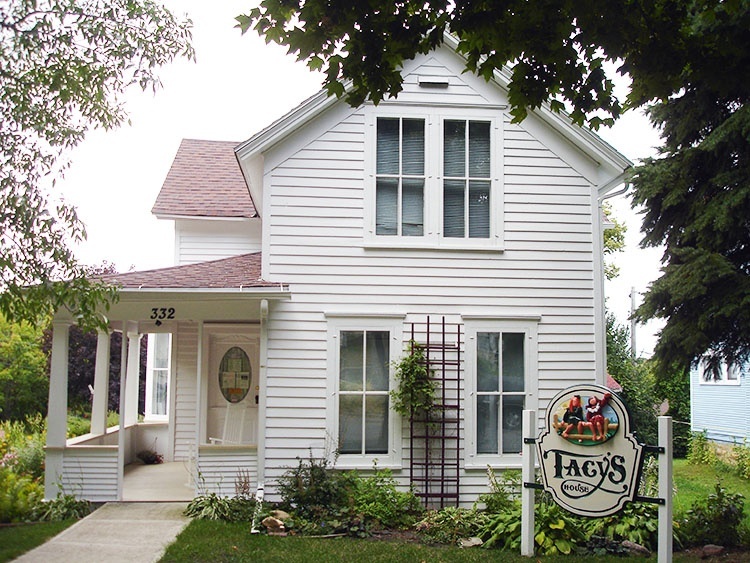
The first tour stop is Tacy’s House, the childhood home of Frances “Bick” Kenney, who was Maud’s best friend and the storybook character of Tacy. The house is an interpretive center and gift shop. Displays, artifacts, photographs and original illustrations tell the story of the real and fictional characters and places in the Betsy-Tacy books.
Betsy’s House
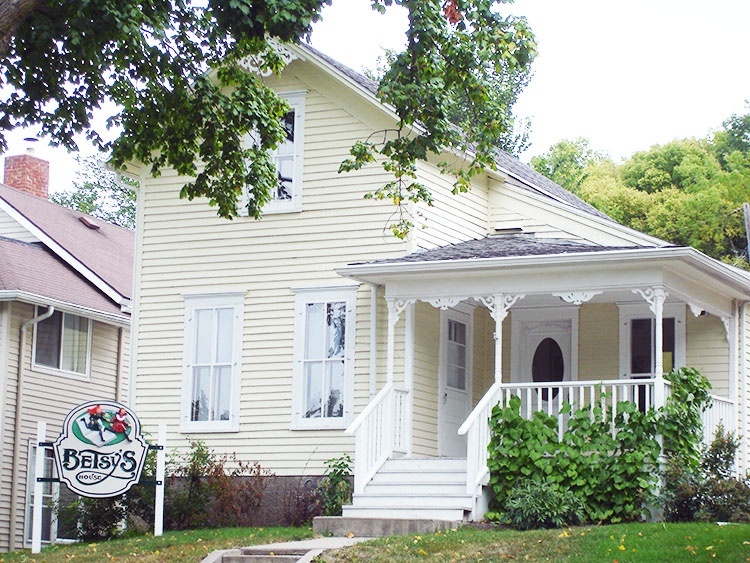
Stepping into Betsy’s House is like stepping into the pages of the Betsy-Tacy books. The house has been restored by the Betsy-Tacy Society and furnished to look just as it did when Betsy (Maud’s character name) lived here in the early 1900s. You’ll see the kitchen where Betsy, Tacy and Tib made “everything pudding,” the dining room where Betsy had her birthday parties, and the front parlor where Mrs. Ray and Julia played the piano and so much more.
When you leave be sure to stop at the stone bench at the end of Center Street and have your picture taken where Betsy and Tacy had picnic suppers in the summer. Both houses were designated National Literary Landmarks by the Association of Library Trustees in 2010.
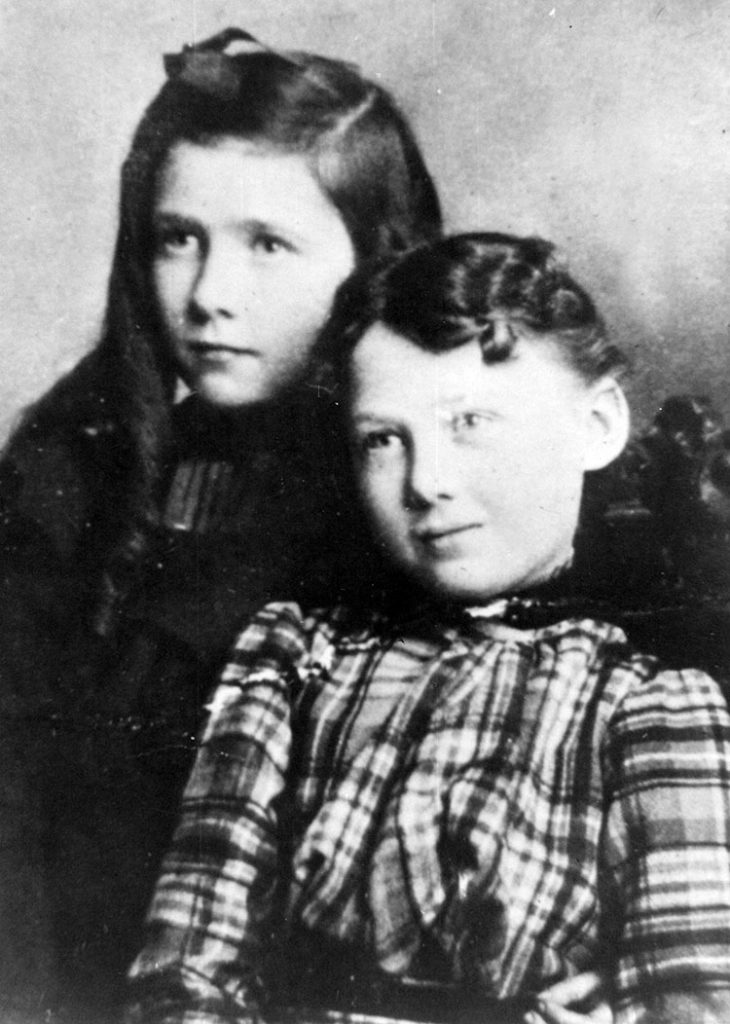
Other Sites
Other places to visit in Mankato are the Lovelace exhibit at the Blue Earth County History Center and Museum that includes the original life-size bride doll that toured the country when Betsy’s Wedding was released.
The Maud Hart Lovelace wing of the Blue Earth County Library has on display the original glass pitcher that Tacy (Bick) gave to Betsy (Maud) for her 5th birthday party and several original Betsy-Tacy illustrations by Lois Lenski.
If You Visit
- Betsy & Tacy Houses: 332 & 333 Center Street
- Open: Saturdays from 1- 4 pm April-December
- Self-guided or docent led tours of Betsy’s House available
- Admission is charged for Betsy’s House. No admission for Tacy’s House
- www.betsy-tacysociety.org
Want to Learn More?
The Carnegie Art Center, originally the Carnegie Library and many other Betsy-Tacy related places can be found in Discover Deep Valley: A Guide to Maud Hart Lovelace’s Deep Valley or Maud Hart Lovelace’s Deep Valley by Julie A. Schrader. Books available online: www.mnheritage.com. Available to ship or pick up locally.
Wanda Gág
The next stop on the tour is New Ulm on Highway 14 west to visit the childhood home of Wanda Gág, author of the classic children’s book, Millions of Cats.
- Born: March 11, 1893 in New Ulm, Minnesota
- Married: Earle Humphreys. They had no children.
- Died: June 27, 1946 in New York City, New York.
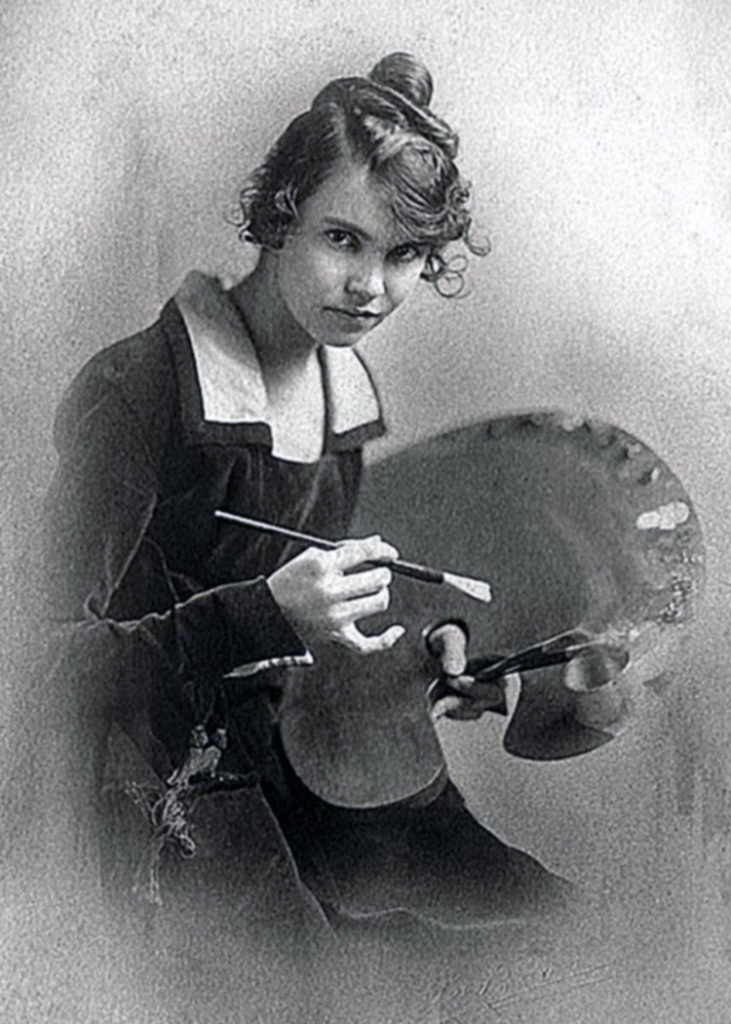
Wanda was the oldest of seven children born to German immigrant parents Anton and Elisabeth Gág. She grew up in a home where painting, music, drawing, storytelling, gardening and sewing were an important part of everyday life. Wanda and her siblings were encouraged to draw from the time they could hold a pencil. Wanda’s father died when she was 15 years old. To earn a small income for her family, she wrote and illustrated stories and sent them to magazines and sold drawings to local residents.
She won an art award at a young age and eventually received scholarships for art school. In 1917 she was one of twelve students from the entire U.S. to win a scholarship to study art in New York City.
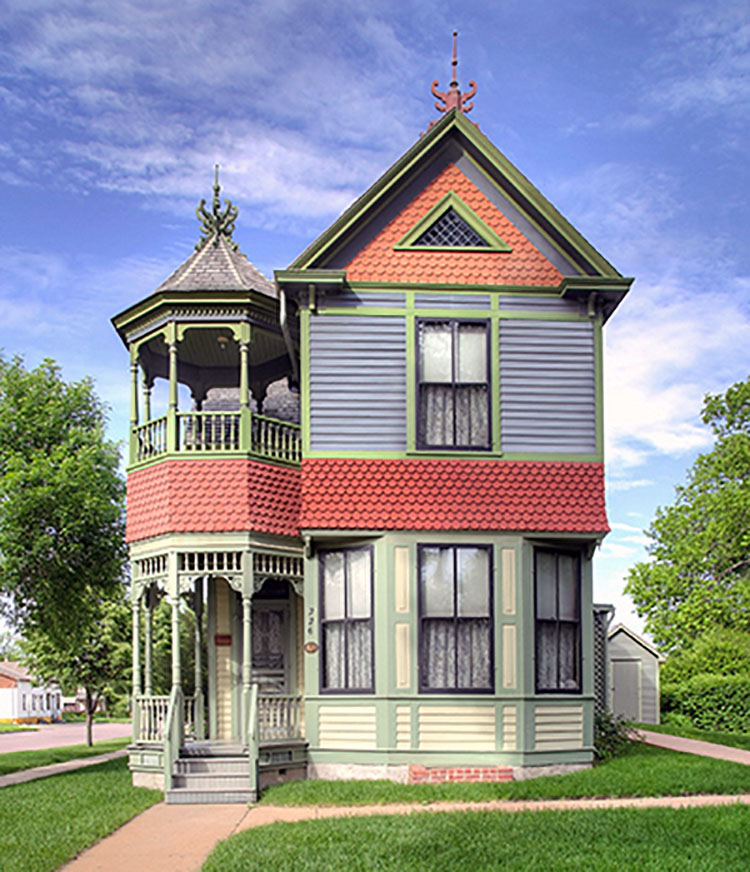
During her lifetime she worked as an artist, writer, and translator. In 1928 Wanda’s first children’s book, Millions of Cats, was published. The book was awarded a John Newbery Honor award. Many now consider this book to be the first modern picture book.
The little girl, who was once so poor, held on to her dreams. She became a famous artist with her prints and drawings displayed in many museums, as well as a beloved author and illustrator of children’s books.
The Wanda Gág House Interpretive Center and Museum is dedicated to Wanda Gág and her family. Built in 1893, the two-and-a-half story Queen Anne house was purchased and restored by the Wanda Gág House Association and is listed on the National Register of Historic Places. The house is restored to its early 1900s period when the family grew up in this unique home constructed by Anton Gág.
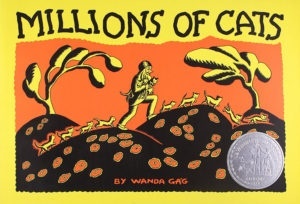
Anton Gág was an artist, photographer and painter. His attic studio was filled with paintings, however income from his work barely stretched to support his large family. He is now famous for documenting local history in his paintings. In addition to the Gág House, Anton’s work can be seen at Holy Trinity Cathedral, Turner Hall and Brown County Historical Society in New Ulm, and the Minnesota State Capitol and Minnesota Historical Society in the twin cities.
At the museum you will see the extensive collection of art, artifacts, and books that relate to the history of the Gág family, including lithographs, paintings, drawings by Wanda Gág, paintings by Anton Gág and Flavia Gág (Wanda’s sister), and books written by Wanda and Flavia Gág.
If You Visit
- Wanda Gág House Museum – 226 North Washington Street, New Ulm
- Open Saturdays and Sundays May-October
- Self-guided or docent led tours available.
- Admission charged.
- www.wandagaghouse.org
Laura Ingalls Wilder
The last stop on the storybook tour is Walnut Grove, along Highway 14 west, to visit one of the childhood homes of Laura Ingalls Wilder, author of the classic Little House on the Prairie books. Walnut Grove is the setting of On The Banks of Plum Creek and the television series, Little House on the Prairie (filmed in California 1974-1983).
- Born: February 7, 1867 in the “Little House in the Big Woods” outside of Pepin, Wisconsin
- Married: Almonzo Wilder in 1885 in DeSmet, South Dakota and they had a daughter named Rose
- Died: February 10, 1957 and is buried in Mansfield, Missouri
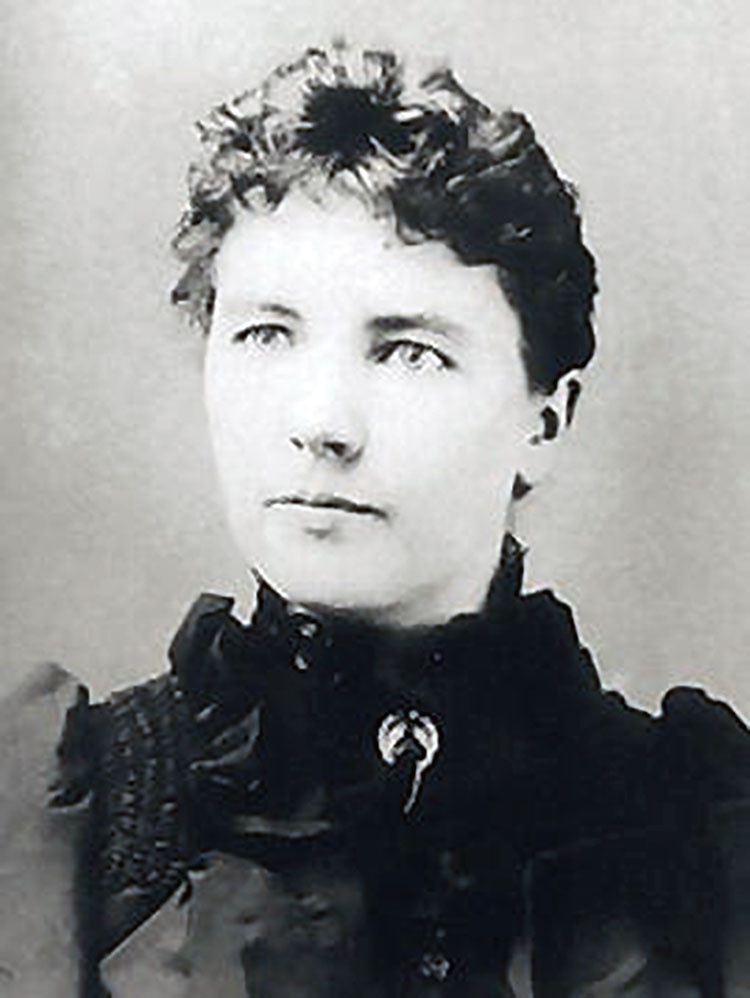
Laura was the second of five children born to Charles and Caroline Ingalls. The family moved from state to state and territory to territory, in search of better farmland and better opportunities. Pa Ingalls said he “had an itchy wandering foot.”
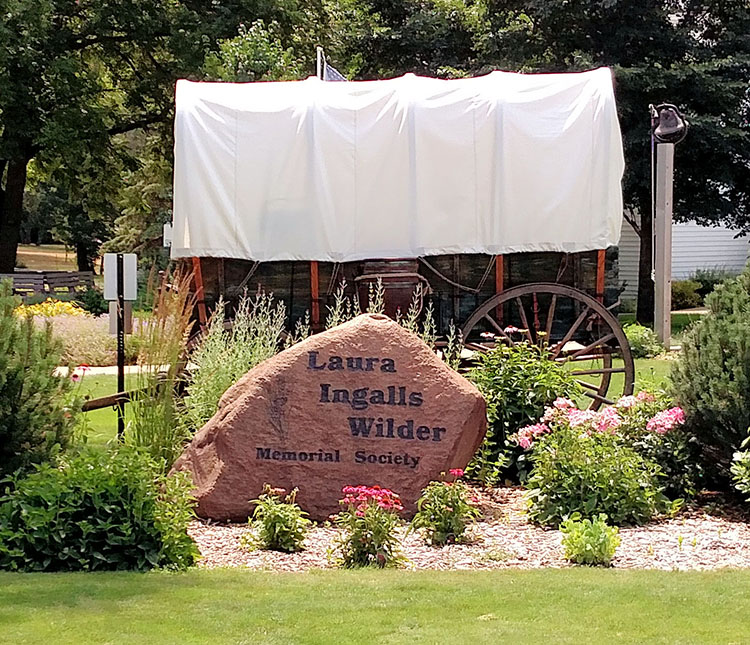
The family came to Minnesota in 1874 and their first home was a one-room dugout built near the banks of Plum Creek. Eventually Charles Ingalls was able to build his family a real house with hinged doors and windows, but unfortunately this house has been lost. All that remains of the dugout is a deep depression along the creek with a sign marking its location.
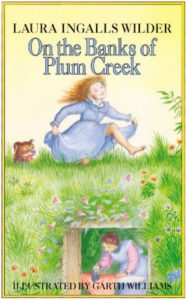
Laura and her sister Mary went to school, helped Ma with chores around the house, and fished in the creek. There were many happy times, but there was also hard work and deprivation. Pa’s wheat crop was destroyed by storms and grasshopper plagues, and the family survived a terrible winter blizzard.
The Ingalls family’s adventures across the Midwest are among the best-known journeys in American history. In all the family trekked more than 2,000 miles, most of it by horse-drawn covered wagon. They spent only two years on the banks of Plum Creek before moving again.
During her lifetime, Laura worked as a teacher, farmer, journalist, and writer. It wasn’t until Laura was in her sixties that she began to write the memories of her childhood days as a pioneer girl. Laura made her family’s travels famous in the Little House on the Prairie series, written 1932-1943. She wrote the books especially for children, so they could know how the pioneers had lived.
At the Laura Ingalls Wilder Museum you will see Ingalls family exhibits and TV show memorabilia and artifacts, replica buildings including a depot, chapel, little red schoolhouse, early settler house, a covered wagon, a replica of the dug-out house and more. There is also a gift shop and a doll collection of over 250 dolls from the 1870s to modern times.
Before leaving the museum, ask for directions to the dugout site, located just oen mile north of Walnut Grove. There’s a picnic area along Plum Creek where you can sit and enjoy the sights and sounds of the prairie or you can dip you toe into Plum Creek!
If You Visit
- Laura Ingalls Wilder Museum, 330 – 8th St, Walnut Grove
- Museum is open April through October
- Dug out site open May – Oct weather permitting
- Wilder Pageant – July 10-11, 17-18, 24-25, 2020 (tentative)
- Admission charged
- www.walnutgrove.org


